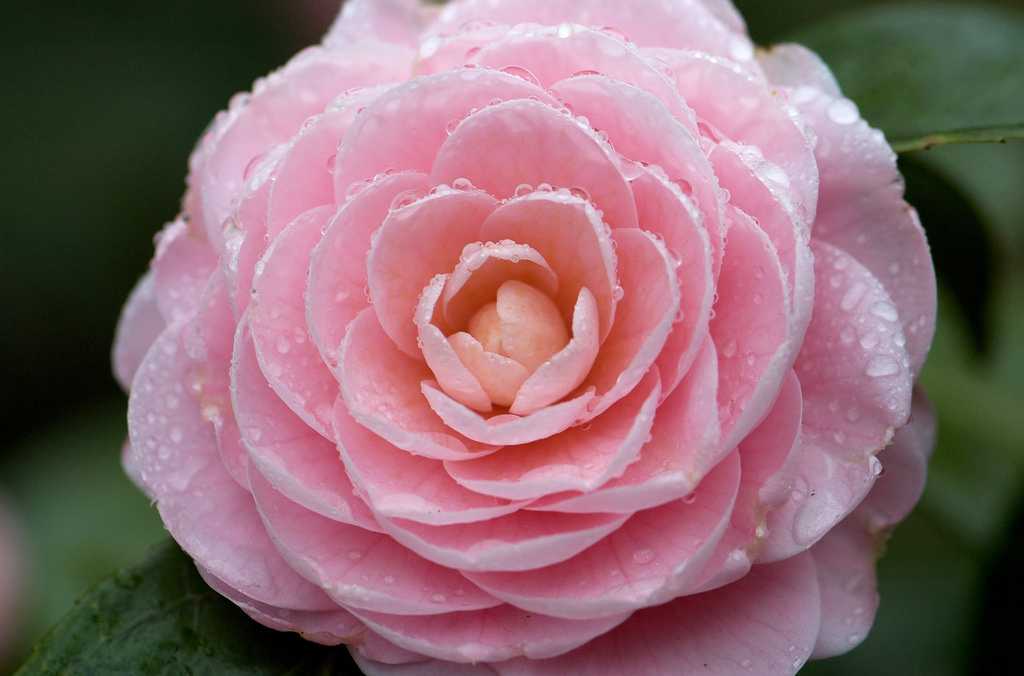Searching the internet for gardening information is quick but often frustrating and accuracy can be an issue. Asking a professional via the expediency and ease of an email provides answers you need backed by research you can trust.
Ask an Expert, a free online question-and-answer service of Oregon State University’s Extension Service, has a cadre of specialists who will answer your questions on average within 48 hours.
Since 2011, OSU experts have answered 16,649 questions, according to Jeff Hino, Ask an Expert coordinator. In 2015, the number of questions jumped by 50 percent. The subject matter is far ranging, but questions about insects, sustainable gardening, plant identification, lawn care, and tree and shrub issues are especially common, he said.
“Oregonians are finding research-based answers directly from our experts,” said Sandy Reichhuber, the program’s administrative program assistant. “More people are using us every year. We make a difference.”
Here’s a sampling of some recent questions. Get on board with yours.
Q: I was told that one way to store onions is to leave them in the ground over the winter. However, when I went to dig one out recently, I noticed they had all sprouted new leaves, and when I pulled them out I noticed they also have made root shoots. What are my options? Shall I pull them all out and use them, or what will happen if I leave them in the ground?
A: Onions left in the soil will succumb to rot eventually. Pull the onions up, shake off the soil, and lay them out to cure with the tops still attached. Any warm, airy location is a good place to do this; you can even leave them outside on a screen as long as they aren’t rained on. Bulbs must stay dry and have good air circulation. As the onions cure, the roots will shrivel and the necks above the bulbs will slowly dry – a natural process that helps to seal the top of the bulb, making the onions less likely to rot. After seven to 10 days, clip off the tops of the onions and the roots with pruning shears, remove as much dry dirt as possible without taking off the papery outer skins, and store your onions in a cool place. Onions can be stored in the refrigerator if desired but also any cool dry place. – Jack, OSU Extension Master Gardener
Q: I would like to plant a camellia tree in my yard. Is it too late for planting that type of tree? I am worried about freezing, but could place leaves or plastic bags around the base, or would that promote disease or rot? Any suggestions about planting in November? – Washington County
A: This is the time of year to plant camellias. Success with camellias depends on the planting site and care provided. Although they may tolerate full sun, part sun to part shade is best – especially for younger plants. Choose a location that receives four to six hours of direct sun in the morning and shade in the afternoon, or a spot that receives bright, dappled shade through the day.
Newly planted camellias often fail to open most of their flower buds for the first few years, but this generally lessens as the plants become established.
Good drainage is essential. Do not plant camellias in areas that are poorly drained or where water settles after a rain. Where drainage is a problem, plant camellias on mounds or in raised beds.
Incorporation of organic matter to the planting area is recommended. Compost or rotted manure are suitable forms of organic matter. – Von Whitney, OSU Extension Master Gardener
Q: I have a Ficus in a pot indoors. I’ve had it for year and it has never been repotted and is doing poorly. I am sure it needs repotting. It has few leaves and they are yellowing and dropping. Must I wait until spring to repot? – Multnomah County
A: Ficus (Ficus benjamina) is a beautiful house plant. It does need to be repotted every few years, some signs of this need are: roots growing through the drainage hole or up through the top, new leaves are smaller than normal, and other signs of stress. This article, How to Repot a Ficus Tree, gives you the steps. Late winter or spring are the best times to repot, because the plant is starting to actively grow after its winter rest. You’ll have to decide if it’s better to repot now and give the plant a fresh start or wait until growth starts in the spring.
For Ficus these conditions are optimal:
Indirect or filtered light, not direct strong light.
Temperature greater than 60; above 70 is optimal.
Moist soil, but not wet roots, so only water when the soil on top of the pot is dry. You can increase humidity by placing the pot on a saucer with gravel or small rocks then add water. Keep the rocks above the water level.
Decrease or even stop fertilizing in the winter, then increase to once or twice a month when growth starts in spring and they are growing fairly rapidly. A slow-release fertilizer will give your plant a steady supply of nitrogen. – Anne, OSU Extension Master Gardener

